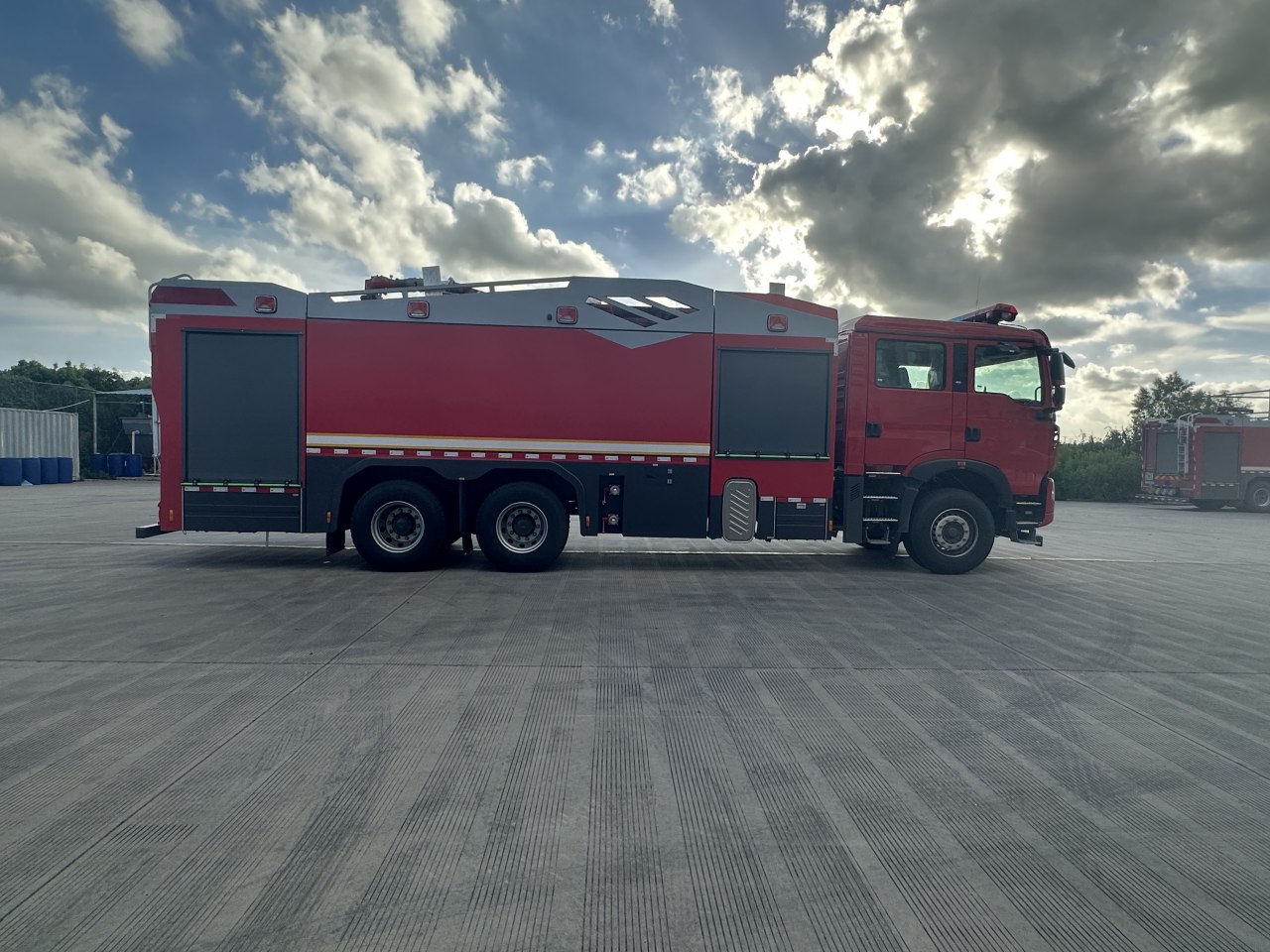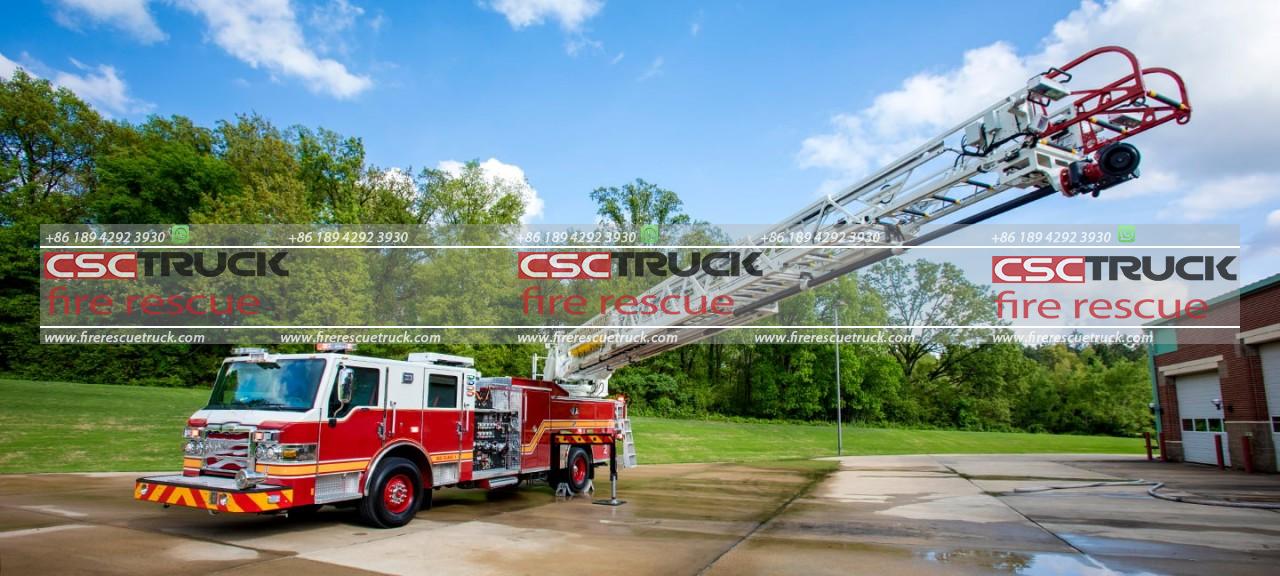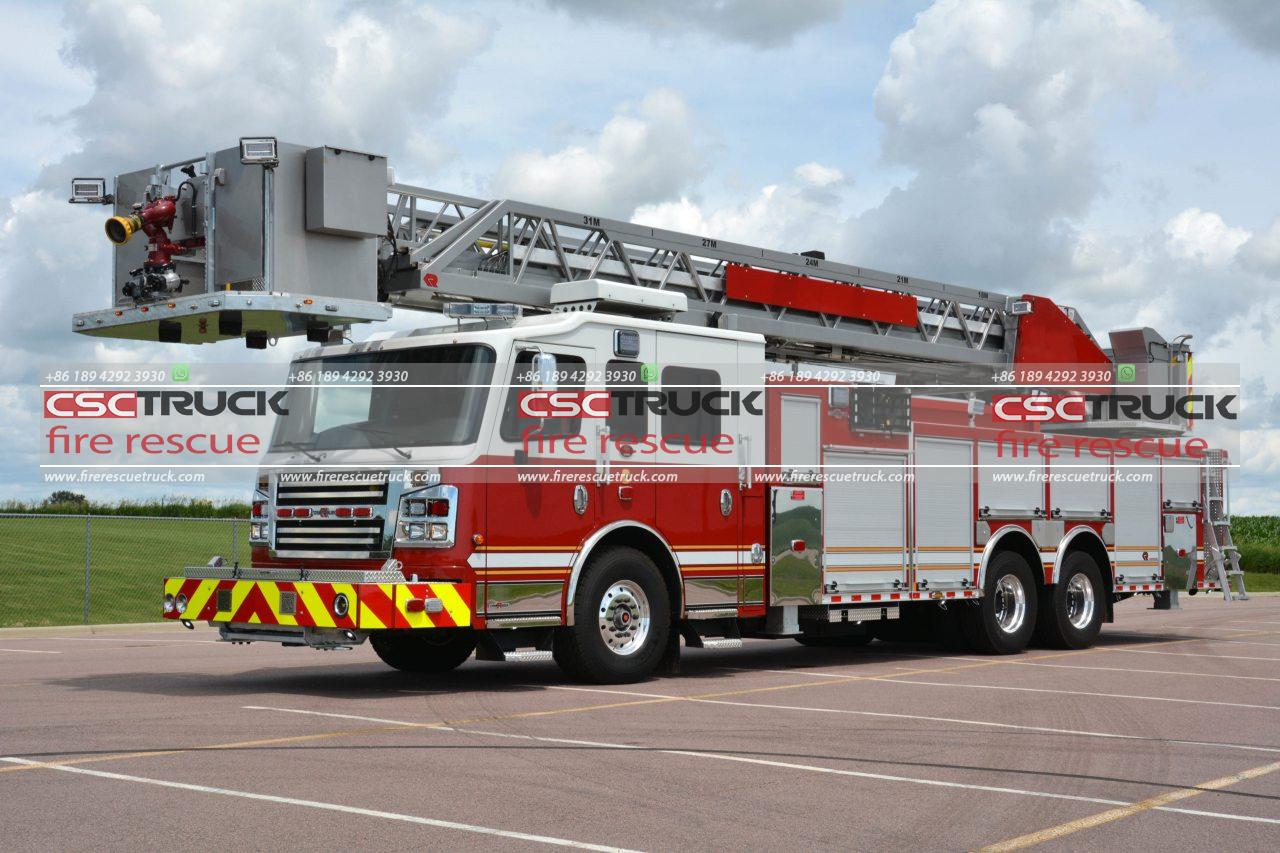New Delhi, India – April 13th, 2025 – A state-of-the-art foam fire truck has been successfully delivered to India, bolstering fire safety measures in the country’s vital oil refineries. The specialized vehicle, designed for rapid response in high-risk environments, was handed over to refinery authorities in a formal ceremony earlier this week.
Manufactured by a leading fire truck company CSCTRUCK Fire Rescue Truck, the newly delivered foam fire truck is equipped with advanced firefighting technology, including a high-capacity foam system, a powerful water pump, and an extendable turret capable of delivering foam at long distances. These features are specifically designed to combat large-scale flammable liquid fires that can occur in refineries, ensuring swift and efficient fire suppression.
The truck boasts a 10,000-liter foam tank and a 5,000-liter water tank, along with a high-performance dual-agent system that allows the simultaneous application of foam and dry chemical powder. This combination is crucial in fighting hydrocarbon-based fires, where traditional water-based suppression methods are ineffective. Additionally, the vehicle is equipped with a remote-controlled roof monitor, enabling firefighters to tackle fires from a safe distance.

Officials emphasized that the acquisition of this foam fire truck is part of a broader initiative to modernize fire safety infrastructure across India‘s industrial sector. With increasing energy demands and refinery expansions, the need for specialized firefighting equipment has grown significantly.
“This new addition will enhance our ability to respond to fire emergencies swiftly and effectively, minimizing potential damage and ensuring the safety of workers and assets,” stated a refinery spokesperson.
The foam fire truck’s arrival marks a significant step in reinforcing industrial fire safety in India, ensuring preparedness against potential fire hazards in critical energy facilities.







